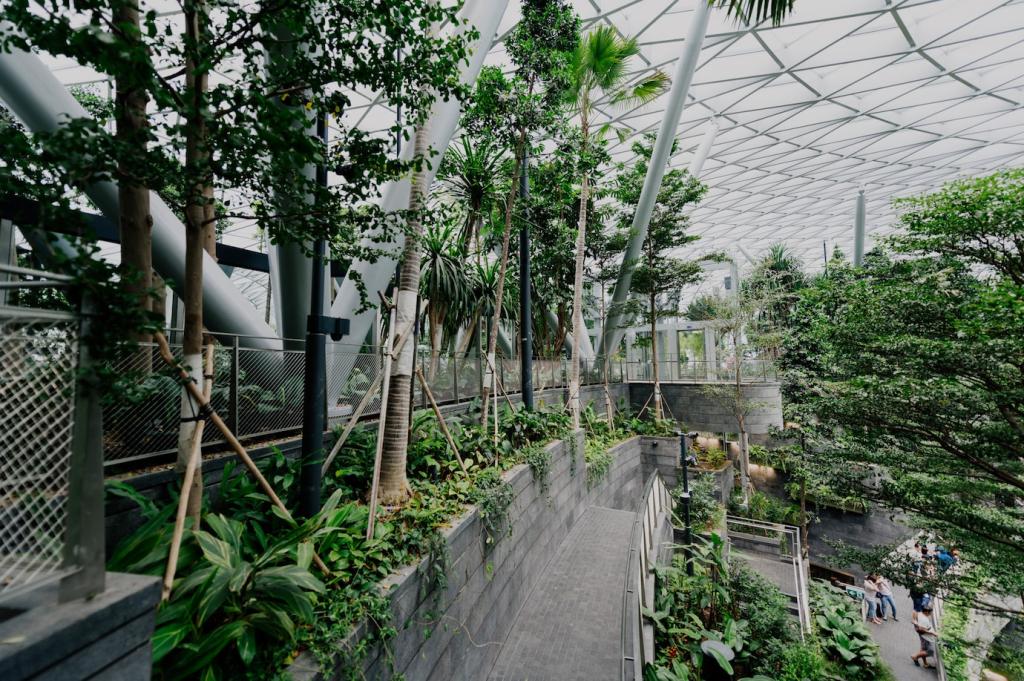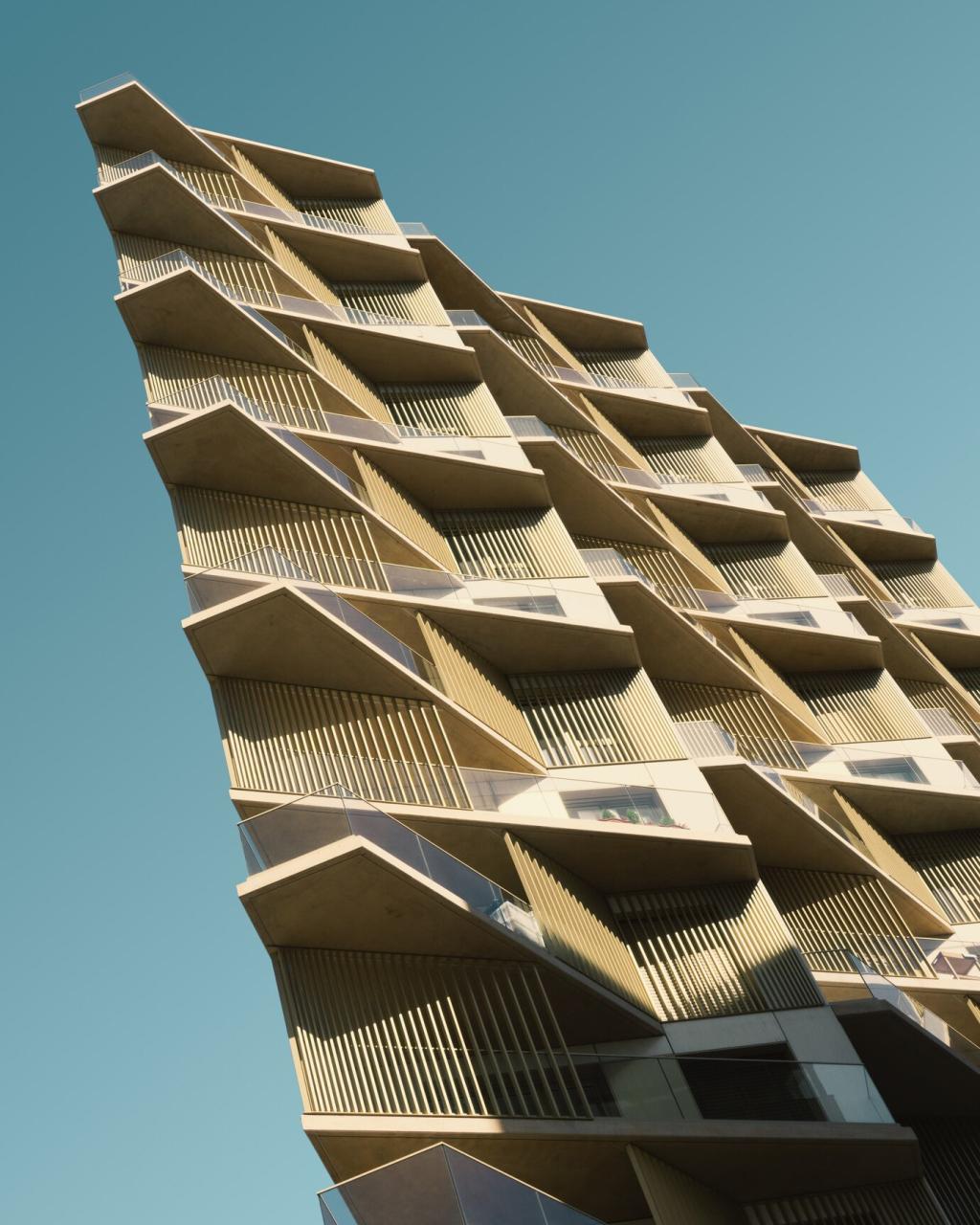Energy-Efficient Technology in Modern Homes
Smart Home Automation

Intelligent Thermostats
Intelligent thermostats are a cornerstone of smart home automation. These devices adapt to your schedule, learning when you are home, asleep, or away, and adjust heating and cooling accordingly. Beyond simple programming, modern intelligent thermostats use algorithms to optimize energy usage based on weather forecasts and occupancy patterns. Over time, this leads to significant savings on utility bills and a more comfortable indoor environment. Voice control and remote operation via mobile apps also allow users to make quick adjustments from anywhere, further minimizing unnecessary energy consumption.

Automated Lighting Systems
Automated lighting systems utilize a network of sensors and controls to illuminate spaces only when needed. Occupancy sensors detect presence in a room, ensuring lights turn off automatically when spaces are empty. Additionally, advanced systems adjust lighting intensity depending on available natural daylight, reducing reliance on artificial light. Integration with smart assistants enables effortless scene changes or scheduled adjustments, optimizing both ambiance and efficiency. The result is an intelligent network that provides the right level of illumination while lowering electricity use, enhancing both comfort and energy savings.

Smart Power Management
Smart power management deals with the detection and intelligent control of appliances and devices plugged into the home’s electrical system. By monitoring real-time energy consumption, these solutions can suggest ways to adjust usage or schedule certain devices to operate during off-peak hours when electricity is cheaper and demand is lower. Some systems even automatically cut power to unused electronics, preventing energy waste from “vampire” or standby loads. Over time, these practices build into substantial cumulative savings, supporting both cost efficiency and sustainability.
High-Performance Building Materials
Advanced insulation products go far beyond traditional fiberglass, employing materials such as spray foam, rigid foam boards, and reflective barriers to minimize heat transfer. These products are designed to fill all gaps and voids, preventing drafts and energy loss. As a result, interiors remain more comfortable throughout the year, with less need for heating or air conditioning. The higher R-values achieved by contemporary insulation also support homeowners in meeting or exceeding modern building codes, paving the way for robust energy savings over the home’s lifespan.

Renewable Energy Integration
Solar power systems capture the energy from sunlight using photovoltaic (PV) panels, converting it into electricity that can be used directly or stored for later. Over the years, the efficiency and affordability of solar panels have significantly improved, making them accessible for a range of home sizes and budgets. Coupled with solar inverters and smart meters, these systems allow homes to significantly offset their electricity consumption from the grid. Additionally, incentives such as tax credits and net metering can hasten the return on investment, making solar energy a practical and eco-friendly choice for modern households.

